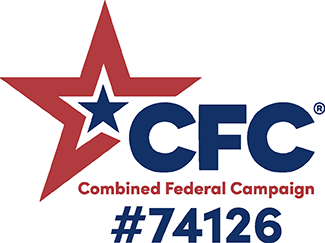How Clothing Recycling Works
When recycling textiles, natural and synthetic fibers must be recycled differently. This is why after donations are collected, sorting textiles is a crucial part of the process. Textiles are sorted by type (clothing versus linens, towels, etc.), by fabric (synthetic versus natural fibers), and by color (some material needs to be re-dyed, while other material does not). If you’re recycling polyester-based textiles, these are granulated into polyester chips. The chips are then melted so that they can create new fibers for new polyester textiles. For natural textiles, donated items are sorted in terms of color and material. By segregating colors, the need for re-dying can be eliminated, reducing the need for pollutants and energy.
Once the textiles are properly sorted, the clothing is torn into sloppy fibers and combined with other chosen fibers, conditional on the planned end use of the recycled fiber, which results in yard. Once cleaned, it then is re-spun so that it can be reused, either by being knitted or woven. Any fibers that cannot spun are then compressed for use in filling, such as insulation or textile filling inside of mattresses. Textiles which are sent to the flocking industry are used to produce filling material for furniture padding, panel linings, loudspeaker cones, and car insulation. The recycling process works somewhat differently for polyester-based materials. In this case, the first thing is to remove zippers and buttons and then to cut the clothing into smaller pieces. Those shredded small fabrics are then granulated and shaped into pellets.
As the textile industry continues to grow, it will be challenged to devise ways to boost recycling rates as well as to develop technologies that will help maximize the value of recovered material.









